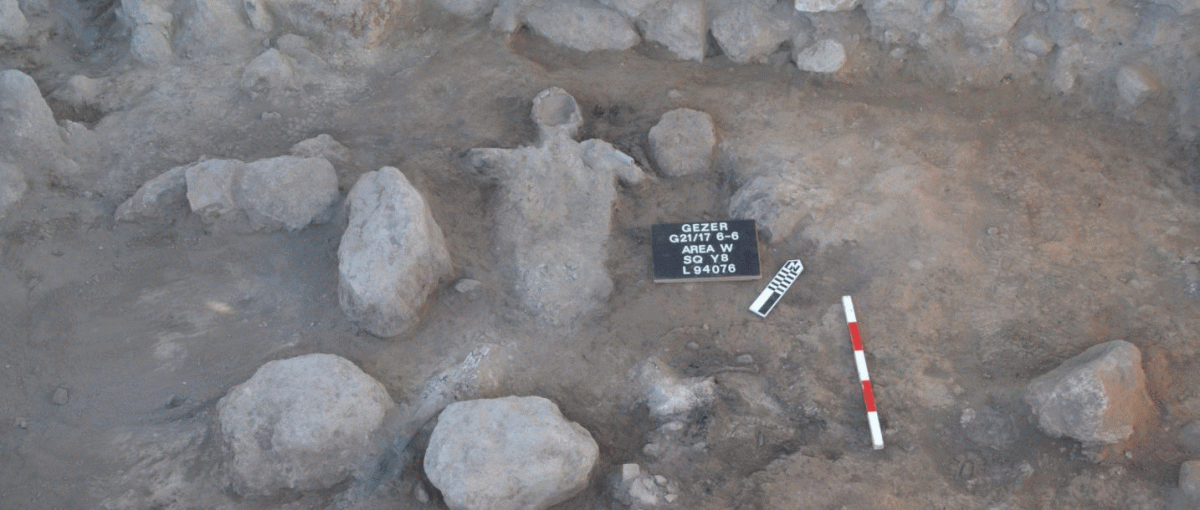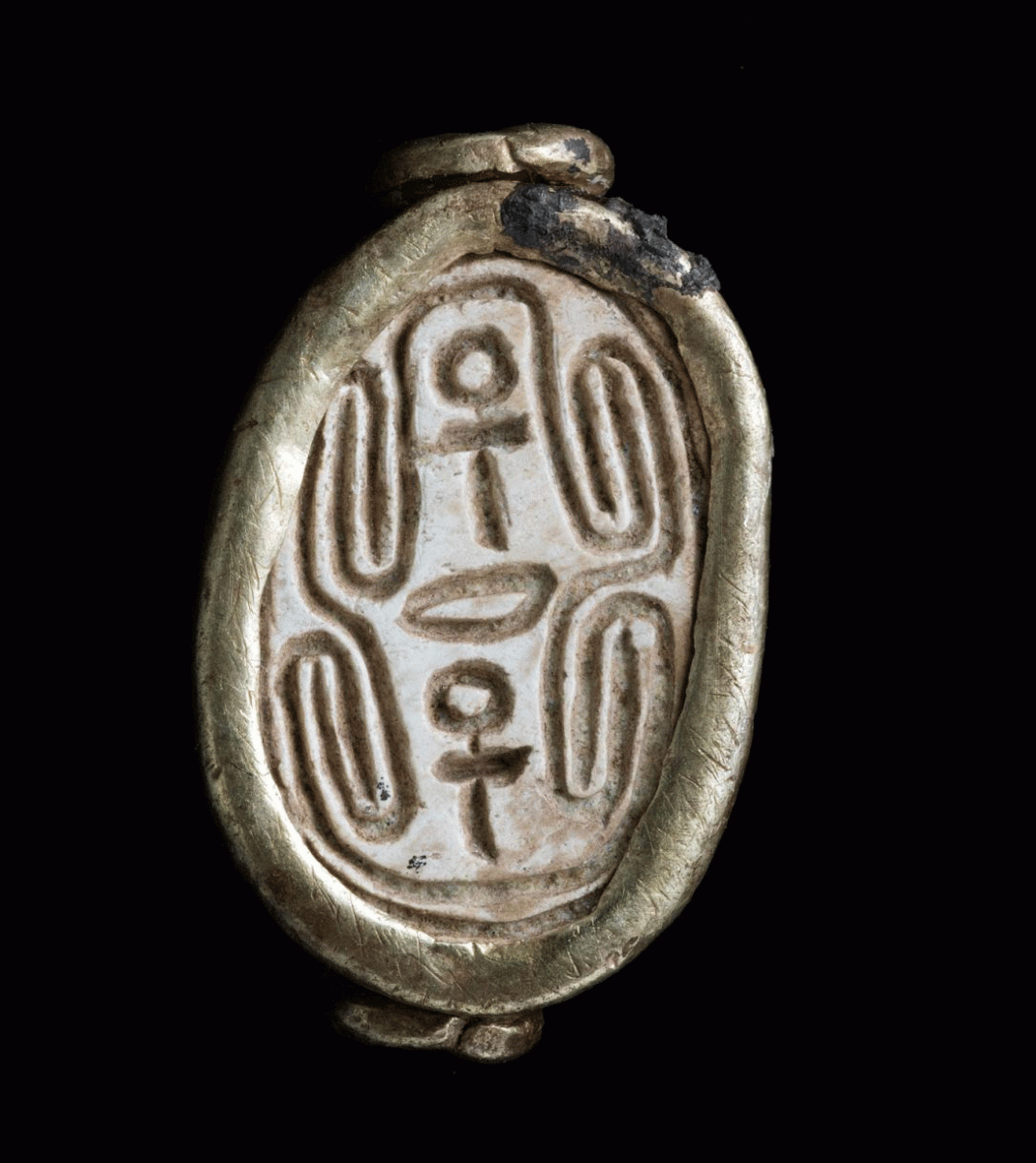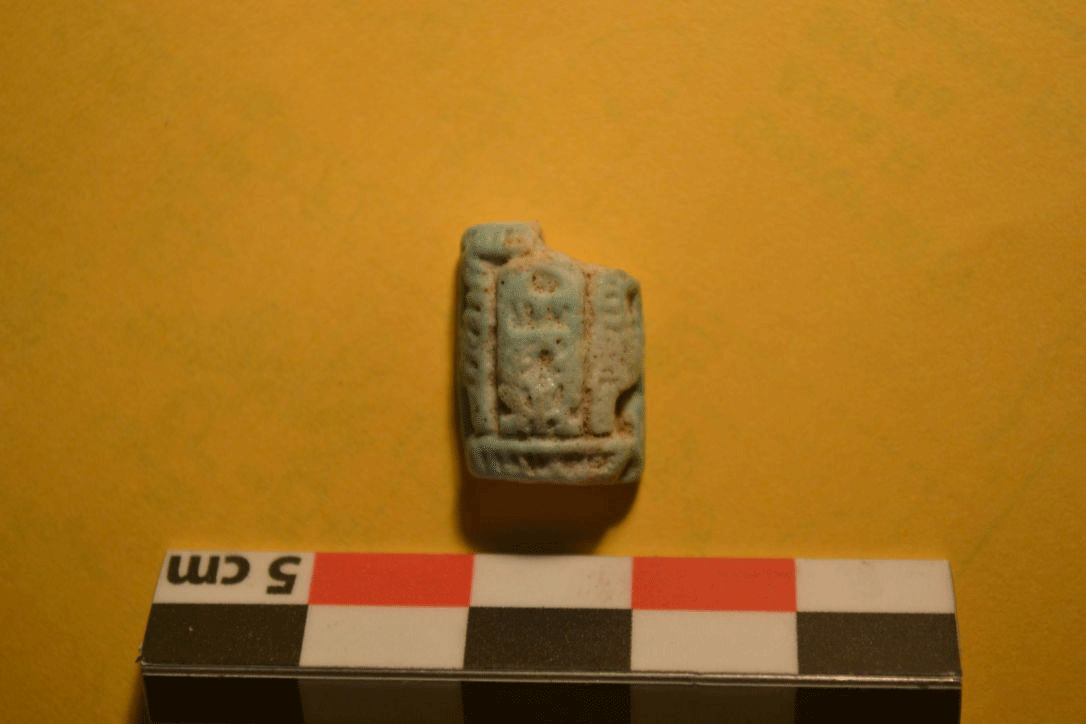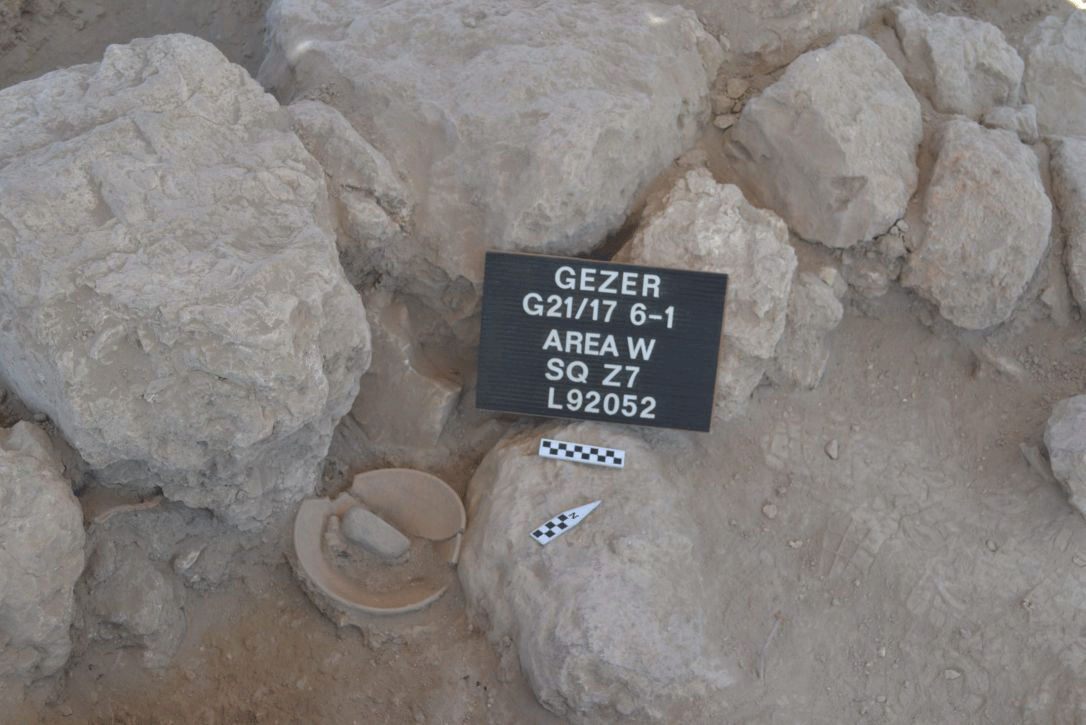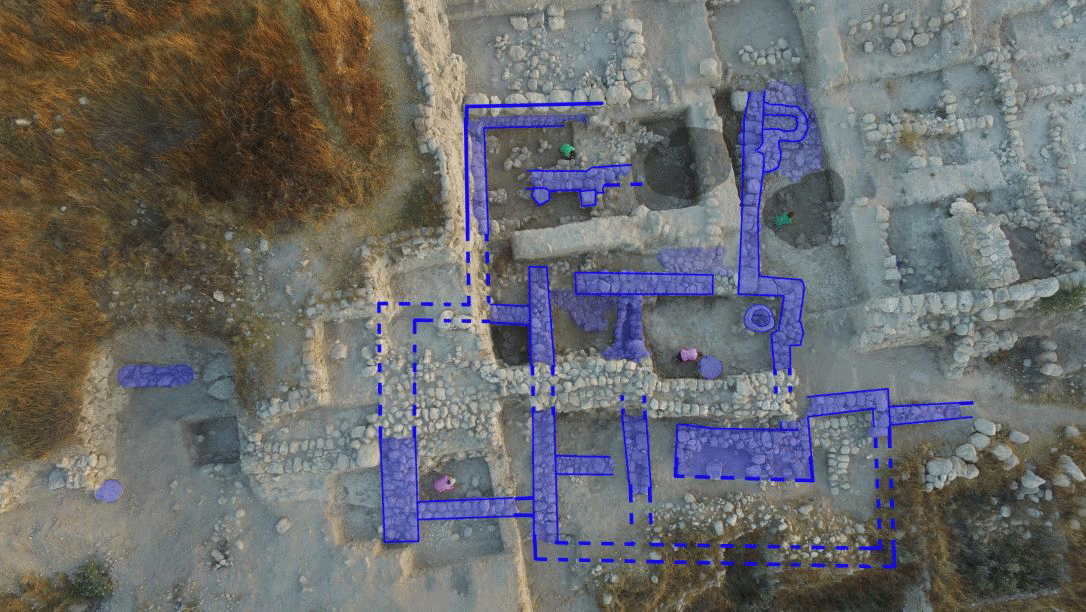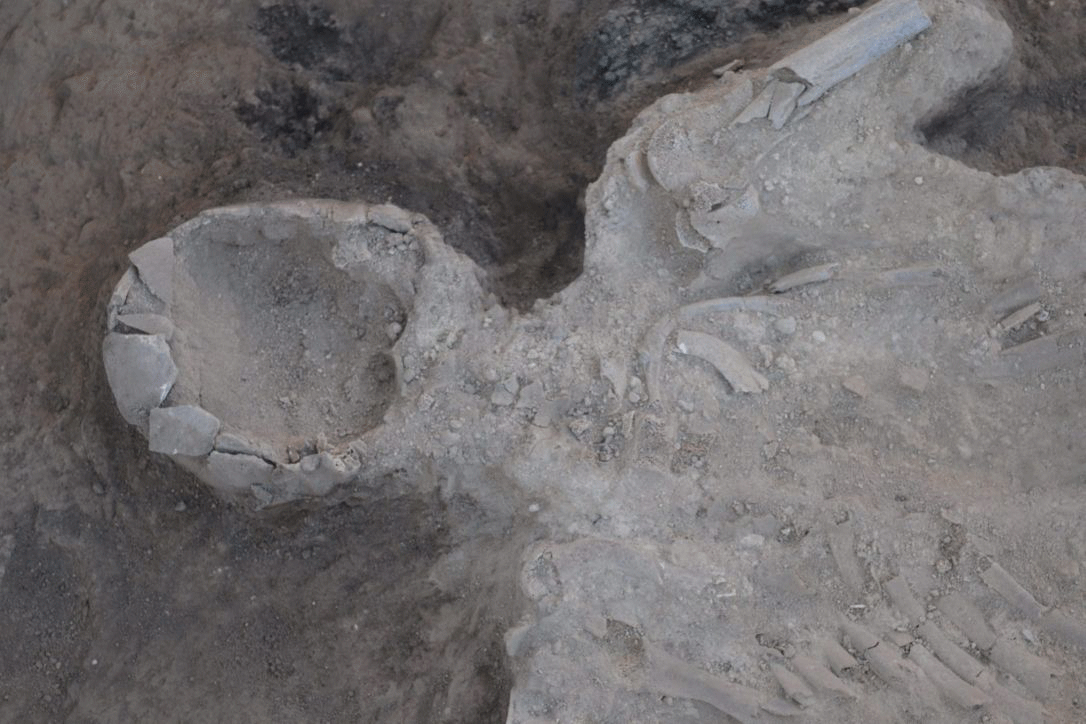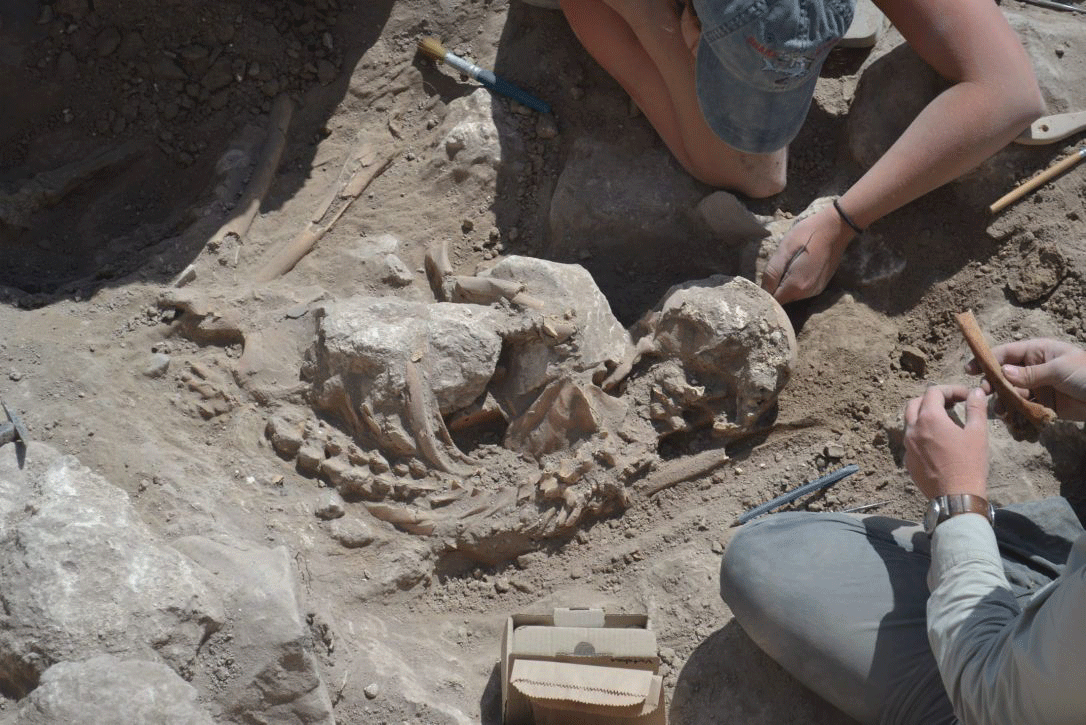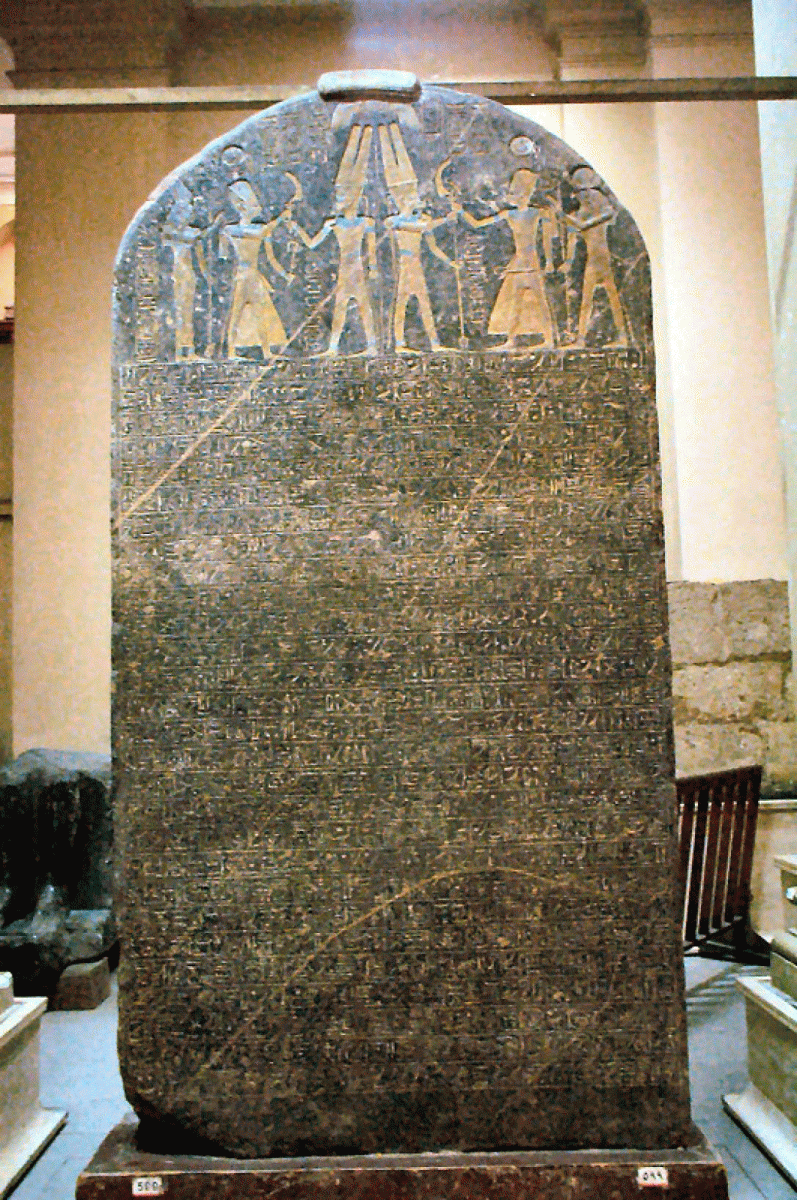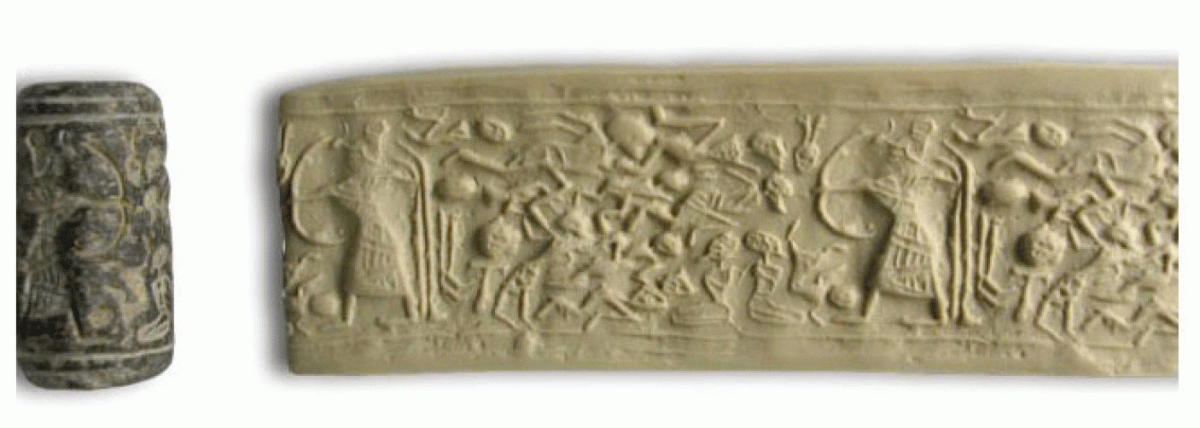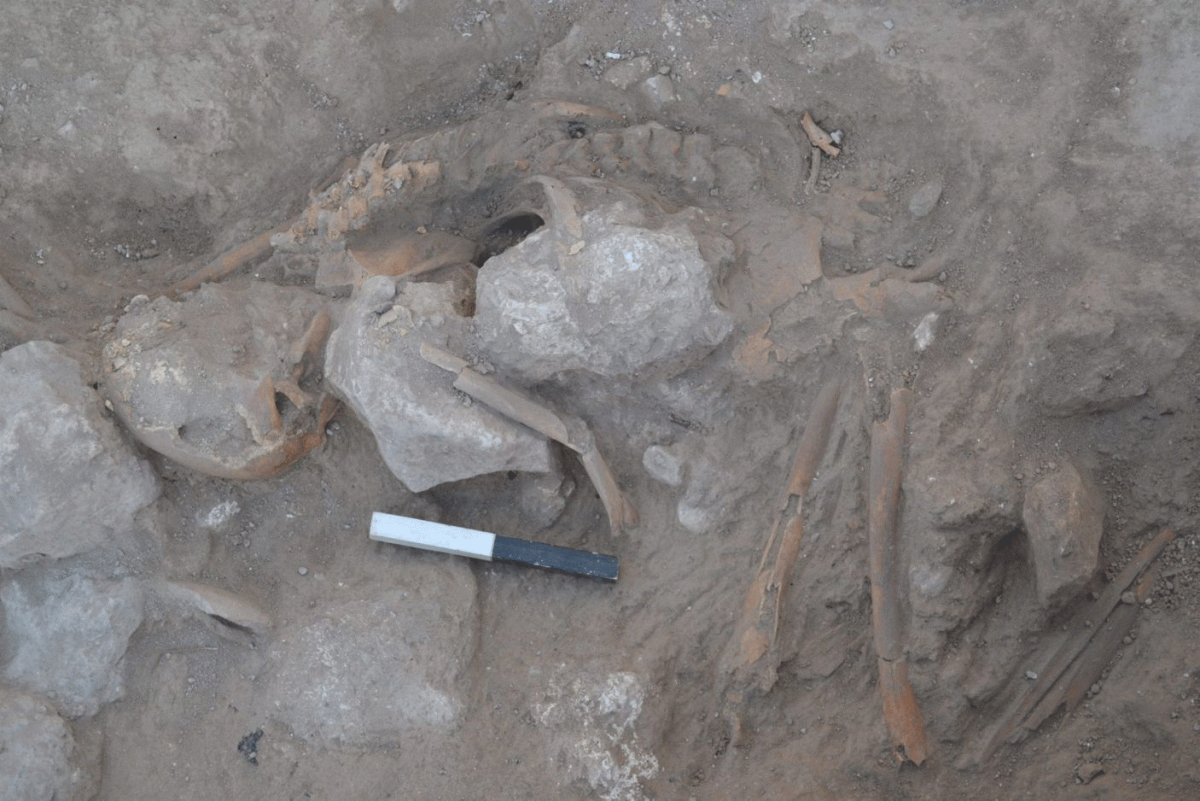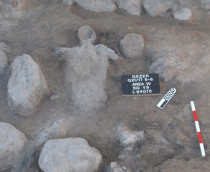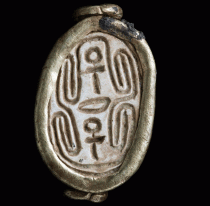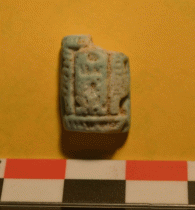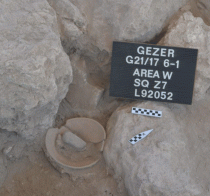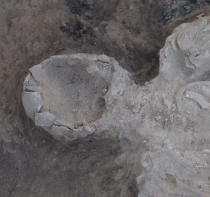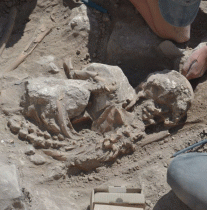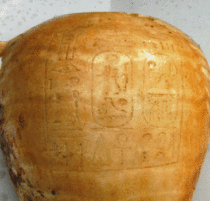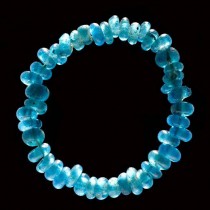Archaeologists discover human remains in fiery destruction ruins in Gezer tenth season of excavations. The newly discovered layer confirms that Pharaoh Merneptah had indeed burnt Gezer, or at least a part of it, down. Also, for the first time archaeologists found human remains, of two adults and a child, in the ancient Canaanite city’s site.
Although ancient Egyptians wouldn’t usually destroy a city but seize it and establish control, exploiting its wealth, the evidence of layers of ash show that the inhabitants probably resisted the Egyptian pharaoh’s campaign, according to professor Steven Ortiz of the Tandy Institute for Archaeology at Southwestern Baptist Theological Seminary, director of the excavations along with Dr Sam Wolff from the Israel Antiquity Authority.
The new discovery was made at the city’s south and the remains were badly damaged so archaeologists cannot be sure of their origin or gender.
The ancient city of Gezer had a key role in the Canaanite city-states because of its strategic location on the trade path between Egypt and Mesopotamia. It also connected the trade route from Jaffa to Jerusalem and Jericho. The Amarna Tablets indicate too that the kings of Gezer had a significant role in the region in the 14th century BCE.
In the 13th century BCE, though, Gezer was burnt down by Egyptian pharaoh Merneptah, suffering the same fate as Jaffa, Gerisa and Aphek, in the turbulent times after the death of Ramses II. According to the Merneptah Stela, or Israel Stele as it is known, and another inscription some specialists believe that Gezer had led this rebellion.
The two skeletons were discovered inside a building, 20 by 15 metres, divided into several rooms. The fire had destroyed a large part of it causing the ceiling of one room to collapse, burying the adult and the child, who were covered by 1 metre of ash and burnt bricks. The skeletal remains had been reduced to powdery charred dust. The adult was lying on the his/her back with arms above the head, and next to him/her the child was found, wearing earrings. As to the use of the room, installations found inside, namely a table, a rooking stone, a grinding stone, storage jars and a large pithoi, make archaeologists speculate that it had probably been a workshop.
A third body was found to another room, north of the abovementioned one, which had been finely plastered. The body was of someone 1.72 metres tall and was found under a jumble of collapsed stones. Inside the room archaeologists also found scarabs and cylinder seals, as well as several faience and turquoise items, including an amulet of exceptional significance. The amulet was a typical XIV Dynasty product, made of faience and it had a barrel-shaped top. It was inscribed with a Thutmose II cartouche, decorated with a feather on each side. At its base the name Ramessess II was inscribed.
A cylindrical seal found in the second room is also quite significant. It depicts a complex war scene commanded by the god Reshef, a deity with a gazelle head. The scene shows Reshef targeting with his bow twelve enemies who are collapsing and two who are kneeling, probably captives.
